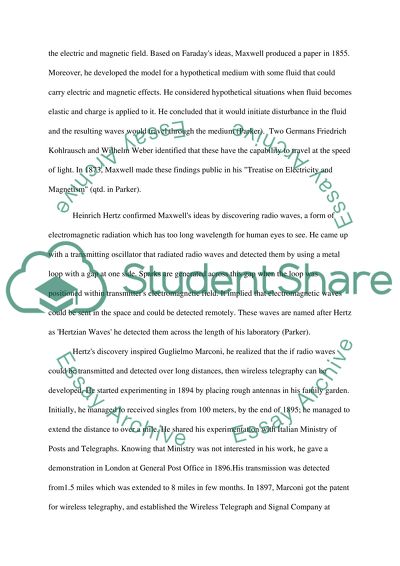Cite this document
(“The Radio Research Paper Example | Topics and Well Written Essays - 3750 words”, n.d.)
Retrieved from https://studentshare.org/journalism-communication/1401928-radio
Retrieved from https://studentshare.org/journalism-communication/1401928-radio
(The Radio Research Paper Example | Topics and Well Written Essays - 3750 Words)
https://studentshare.org/journalism-communication/1401928-radio.
https://studentshare.org/journalism-communication/1401928-radio.
“The Radio Research Paper Example | Topics and Well Written Essays - 3750 Words”, n.d. https://studentshare.org/journalism-communication/1401928-radio.


